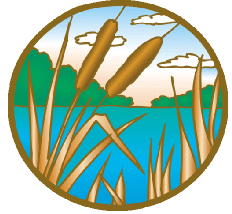2. What observation did John Harte make about tiger salamanders?

| Reading Guide, Section 1-3 | Name ____________________ |
1. What is an observation?
2. What observation did John Harte make about tiger salamanders?
3. A [ prediction / hypothesis ] is an educated guess that can be tested by
experimentation.
4. What was John Harte's hypothesis regarding the salamanders?
5. A planned procedure to test a hypothesis is called a(n) _____________________
6. Why are salamanders harmed more by acid rain than other animals (like geese)?
7. In an experiment,a group that receives no treatment is called the _______________
8. Study the following steps in a scientific investigation. Number them in the correct order.
____ forming a hypothesis
____ asking a question
____ making a prediction
____ drawing a conclusion
____ experimenting (confirm predictions)
9. Once a scientist completes an experiment, she often publishes the report
in a(n)
________________________________
10. A(n) _____________________ unites and explains a broad range of observations.
11. It is important in science to not be mislead by ________________ observations.
12. To scientists, a theory represents that which they are [ certain / uncertain ] of.
13. To the general public, the word "theory" implies [ certainty / lack of knowledge ]
14. A scientific theory can [ never / sometimes ] be revised or rejected.
15. There is no absolute [ values / certainty ] in a scientific theory.